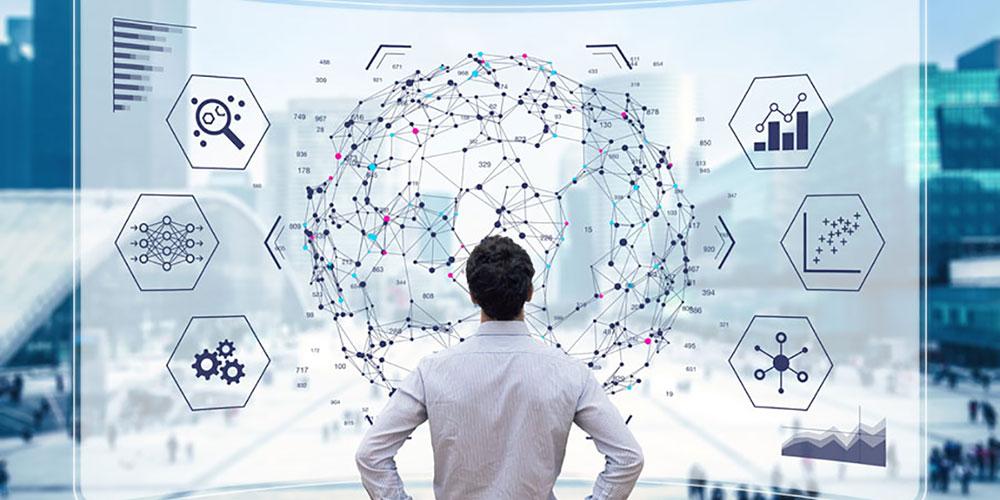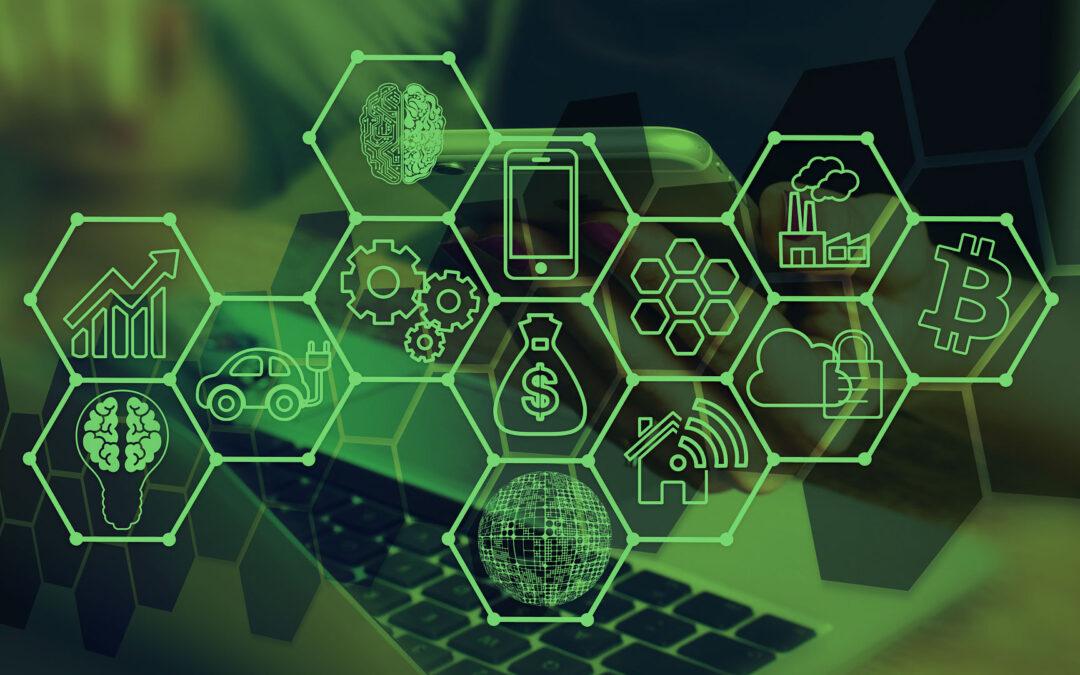Today we are faced with an urgent challenge: to understand how to use technology as a tool aimed at protecting the environment and making the economy and society more sustainable. Sustainable strategies start from the analysis of Big Data and, even earlier, from the method of data collection. This is why Green Data is essential.
The real breakthrough is the growing ability to generate, collect and analyze digital data. Indeed, according to the Global e-Sustainability Initiative, technology has the potential to contribute to the 17 UN goals for sustainable development by 2023.
However, to arrive at a sustainable future, it is necessary to rethink the way data is managed.
From Big Data to information that creates value
Covid-19 has brought a strong acceleration of Digital Transformation processes, both for companies and the Public Administration. As a result, data generated by users and collected by public and private organizations has also increased.
The European Commission has declared that in the period 2021-2027 it will invest in a high-impact project on European data spaces and federated cloud infrastructures. The goal is to create innovative and sustainable data sharing, architectures and governance mechanisms. It is therefore clear how much we are becoming aware of the true value of data and their sharing.
In a previous article on Big Data we explained how their analysis can lead to a new level of knowledge, able to guide organizations towards more informed decisions and strategies. Through Big Data Analytics it is possible to describe the state of business processes, “predict” the future and propose both operational and strategic solutions aimed at achieving certain objectives. In other words, it makes organizations data-driven.
What does Big Data have to do with Sustainability?
Sustainability is talked about a lot, but most people trace it back solely to environmental protection. Instead, it is necessary to have a 360 ° approach to it. If we really want to build a sustainable world, we must necessarily take into account four macro-areas that intertwine and influence each other:
- Environment
- Economy
- Society
- Digital
There are several objectives that we can achieve through Big Data Analytics. Let’s see some examples:
- Reduce energy and resource consumption
- Monitor the health of ecosystems
- Studying vehicle movements to regulate traffic and minimize polluting emissions
- Analyze citizen sentiment to improve services and quality of life
- Estimate the health effects of air pollution
Unfortunately, however, most of the data that is collected is unstructured, obsolete, incomplete and not related to each other. This makes them unusable for analysis. So, even before talking about Data Analytics, we need to take into account the method in which the data is collected. This is where Green Data comes in.
Green Data: the data collection method for Sustainability
Technology has been part of our personal and professional daily life for years, moreover in a pervasive way. Through it, an enormous amount of data is collected, or rather, accumulates.
Today, through the new devices with integrated Artificial Intelligence, we are able, not only to collect data, but also to obtain valuable information from it for business or governance models. But what about all those less up-to-date platforms or devices that are unable to collect structured data? They are still in use, indeed, they are the most used technologies.
In other words, we have been accumulating digital junk for decades, without being able to “recycle” it to add value.
The term Green Data arises precisely from the need to do “digital cleaning”, it is one of the foundations of Digital Sustainability. It is a data collection method that allows you to create information on which to base analyzes and build sustainable strategies. It starts from the design and management of the birth and growth phase of the data to ensure that they are transformed into information.
Pragma Etimos and Green Data
Pragma Etimos S.r.l is an innovative scale-up operating in the Data Intelligence sector. We start from the Green Data method to offer our customers tailor-made solutions for the collection of semantic data and computer vision (audio, video, images).
Our Solutions
VULGARIS (Semantic Recognition Software Analysis)
We develop structured and classified data models (Intelligence Data Table) resulting from 30 years of work and we use them as a basis for the construction of neuronal models, territorial connections and semantic analyzes. We thus derive information from unstructured data, creating relationships and classifying them so that they are usable.
EFFIGIES (Video Recognition Software Analysis)
We develop software aimed at analyzing visual data flows (videos and images) which, through machine learning technologies and algorithms, are able to identify vehicles, license plates, objects of various kinds, colors, people, animals and extract various ones information.
POLYPHONIC (Audio Recognition Software Analysis)
We develop multi-level tools for the definition of “voice prints” and the recognition of voices extracted from audio files regardless of source and quality, using intelligent optimization and recognition algorithms.
MORE TO EXPLORE …

DIGITAL SUSTAINABILITY: SEE DAYLIGHT THANKS TO THE DATA CULTURE
Having so much data available does not automatically mean creating “intelligence” and value. The speed with which technology is taking root in our lives has not given us the time to realize the real consequences (whether positive or negative). Through it we collect,…

BIG DATA & SEMANTIC CLUSTERING: HOW TO CREATE VALUE STARTING FROM UNSTRUCTURED DATA
Today the challenge of organizations is to create information, innovation and value starting from Big Data. Data, in fact, are the vital energy that powers all business processes, projects and strategies. The importance of Big Data Today’s market is…

